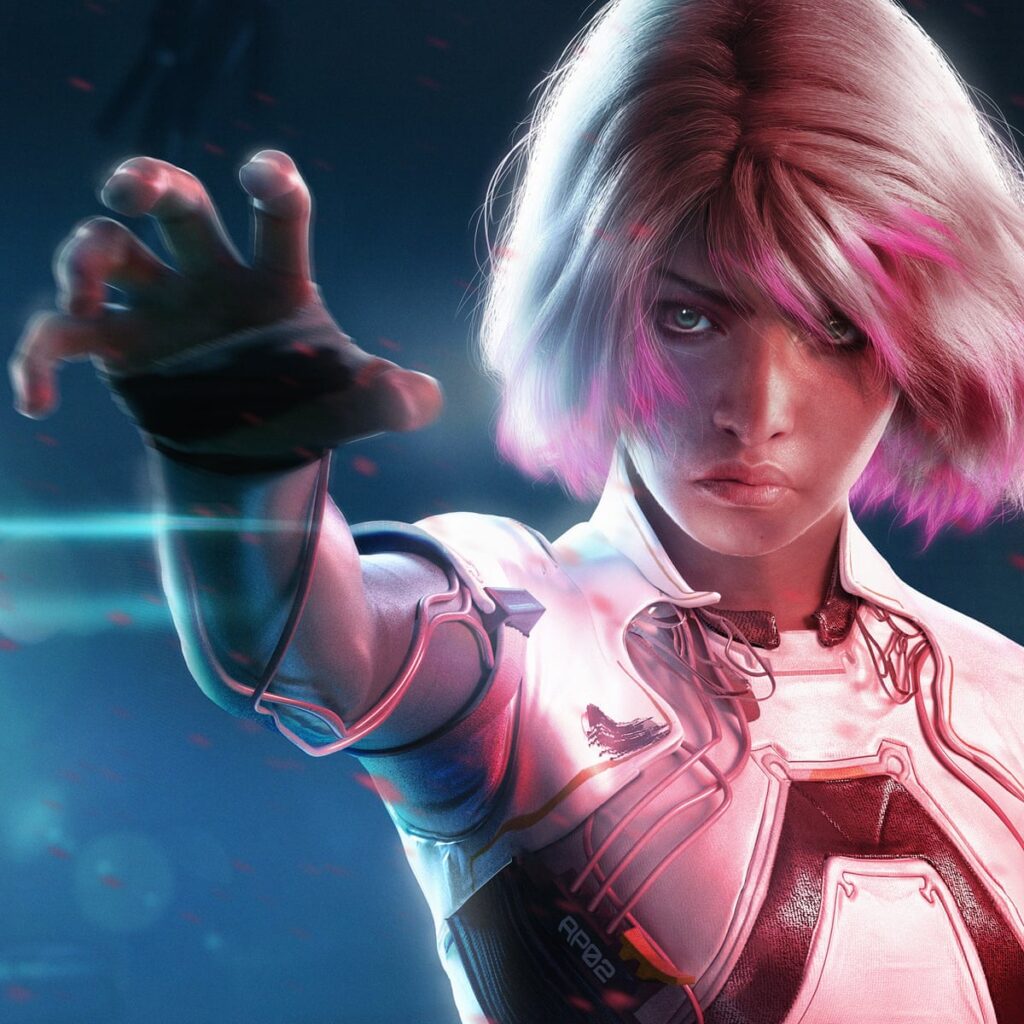Animation is a critical component in modern gaming that brings characters, environments, weapons, and objects to life. The article explores the animation techniques used in modern games, including keyframe, procedural, and physics-based animations. Bringing characters to life through animation requires a combination of art, design, and technology. Game developers have access to a variety of software and tools, including Unity, Unreal Engine, Maya, and Blender, to create high-quality animations. Together, these tools and techniques enable developers to create immersive and engaging games that keep gamers coming back for more.
Behind the Scenes of Game Development: Exploring the Animation Techniques Used in Modern Games
Introduction
The world of gaming has come a long way since its inception. From the earliest days of Pong and Space Invaders, consumers have consistently demanded more from their gaming experiences. Graphics have improved, controls have become more intuitive, and immersive storytelling has become the norm. One of the key components to all of these advances has been the use of animation.
Animation is a critical element in modern gaming. Animations bring characters, environments, weapons, and objects to life. Animations help players understand the game world and give them feedback on their actions. Animations can create a sense of realism, whether that’s a realistic-looking tree swaying in the wind or a character’s reactions to events in the game. But how do game developers create the animations we see in the games we play? In this article, we’ll explore the animation techniques used in modern games, how animators bring characters to life, and the software and tools used to create this magic.
Animation Techniques Used in Modern Games
Game animations are created in various ways depending on the game genre, the type of characters, the storyline, and the overall vision of the game. Here are the most common animation techniques used in modern games:
Keyframe animations
Keyframe animation refers to creating a series of still images that represent the beginning and end of the movement, and then filling in those frames with the appropriate changes between the two keyframes. Keyframe animation can produce extremely smooth and realistic motion, resulting in fluid movements in-game.
Procedural animations
Procedural animation relies on mathematical algorithms and rules to create animations in real-time. These animations are programmed to react to certain inputs and can create natural-looking movements for non-playable characters, animals, and objects in the game.
Physics-based animations
As the name suggests, physics-based animations rely on the laws of physics to create movements. For example, characters’ hairs and clothes can be animated to react in a realistic manner to the wind or movement.
Bringing Characters to Life Through Animation
Creating animation for characters is an intricate process that combines art, design, and technology. Animators must first create a model of the character, either by drawing each individual frame or by building a 3D model. Once the character is created, the animators will design the movements and actions of the character, including the movements of the arms, legs, head, facial expressions, and even the way the character breathes. This process can include recording a motion-capture session with an actor, where the actor’s movements are tracked and transferred onto the character.
Using software like Maya, 3DS Max, or Blender, the animators will then create the animation keyframes that define the character’s various actions. For example, a running animation would include keyframes for the character’s legs, arms, and body movements, while an attack animation would include keyframes for the character’s weapon movements and attack poses. Once the keyframes are created, the animation is refined by adding in in-between frames to create a smooth and realistic animation.
Software and Tools Used in Game Development Animation
Game developers have access to a wide range of software and tools that make it possible to create high-quality animations. Here are some of the most popular software and tools used in game development animation:
Unity
Unity is a popular game engine that allows game developers to create complex games without needing to write complex code from scratch. Unity supports 2D and 3D games and provides a rich set of tools for creating animations.
Unreal Engine
Unreal Engine is another popular game engine that is often used in AAA games. Like Unity, Unreal supports 2D and 3D games and provides a full range of tools for creating animations.
Maya
Maya is a popular 3D modeling and animation tool used in game development. It is widely used to create 3D models for characters, environments, and objects, as well as for creating animations.
Blender
Blender is a free and open-source 3D creation suite that can be used for modeling, sculpting, animation, and more. It is popular among indie game developers for creating high-quality assets for games.
Conclusion
Animation is an integral part of modern game development, bringing characters, environments, and objects to life. The animation techniques used in game development are varied, ranging from keyframe and procedural animations to physics-based animations. Creating animation for characters is a complex process that requires the integration of art, design, and technology. Game developers have access to a wide range of software and tools to create animations, including Unity, Unreal Engine, Maya, and Blender. Together, these tools and techniques enable developers to create immersive and engaging games that keep gamers coming back for more.
